I travelled to Indonesia while on my global focus programme (GFP) as part of my Nuffield Ireland Scholarship.
The GFP is an intense travel programme covering six countries in seven weeks. While preparing for travel and time away from a busy dairy farm, I got little chance to prepare myself with facts and statistics about the country.
I thought Indonesia was “a bunch of islands” north of Australia that produced a lot of palm oil. I really only ever knew this from seeing quantities of palm kernel fed first-hand to dairy cows in New Zealand.
I had strange thoughts and moments of madness wondering why on earth should a global study tour want to even visit this country, as it has little to do with global agriculture and surely is not safe or important to world trade...especially dairy trade.
How little I knew.
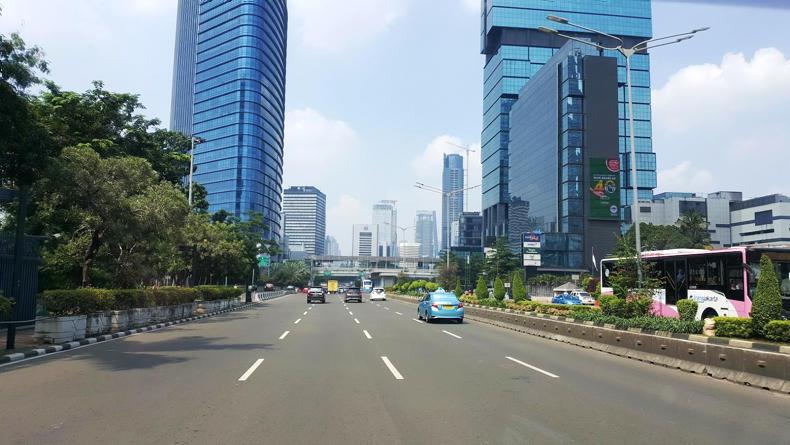
Indonesia is a collection of 1,700 islands with 32 different tribes and languages. It is predominantly Muslim, about 70% with differing interpretations of that religion from strict in the most northerly islands to very tolerable on the southerly islands.
It has a population of 250m and this is expected to grow beyond 300m by 2040.
Like in a lot of other parts of Asia, people are really friendly and eager to engage in conversation with you.
Indonesia has the ingredients and potential to grow into a very wealthy and prosperous country.
The domestic demand, driven by a rising and increasingly educated middle class along with a young and growing population, is growing by 5%.
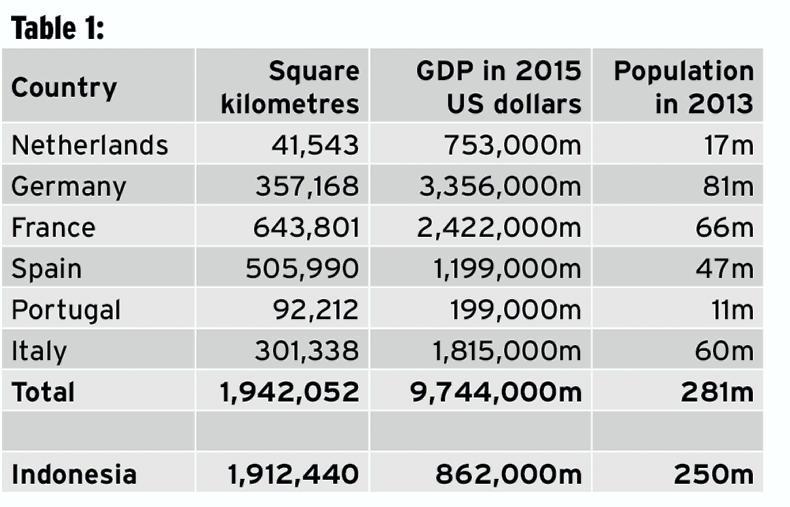
As can be seen from the table above, the country has a very low base in terms of GDP per capita, in comparison with six other nations we are familiar with.
As was put to me, when a monthly wage increases from $200 per month to $400 or even $800 in a few short years, the increased spending power has a very positive effect on the real economy.
What has all this to do with agriculture in Ireland?
It is the third-largest exporter of coffee in the world at US$1,200m.
It exports rubber to the tune of US$6,000m a year and, of course, it is the world’s largest producer of palm oil at a whopping US$15,000m of exports per year.
The country is grossly insufficient in dairy products. Demand is passing 3.3m tonnes per year and only 1.2m tonnes being produced domestically.
Given all the above facts, this deficit is expected to get worse as domestic milk consumption grows by 7% to 8% per year while production is struggling to grow by 3% per year.
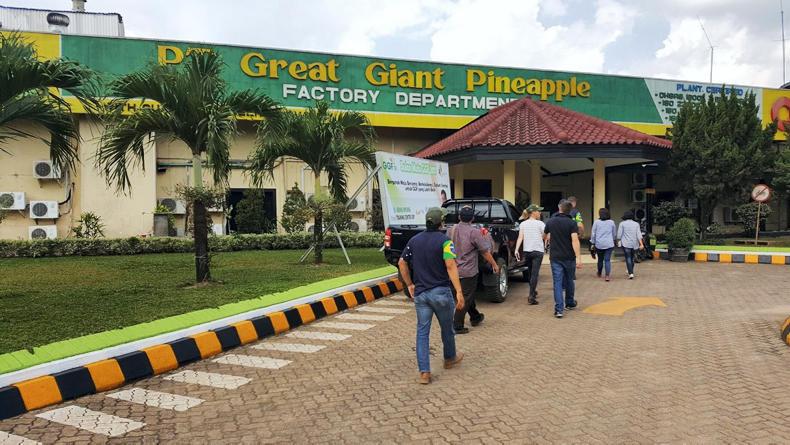
The Great Giant Pineapple Company (GGPC) is a good example of one of the truly scaled agricultural businesses in Indonesia.
It started growing 32 acres of pineapples in 1979 on a plantation in Lampung.
Today it grows 82,000 acres of pineapple producing 525,000t of the yellow fruit each year, making it the third-largest processor of this product in the world.
More amazing is the fact that it’s the world’s largest fully integrated single location pineapple facility with a global distribution network exporting to more than 60 different countries.
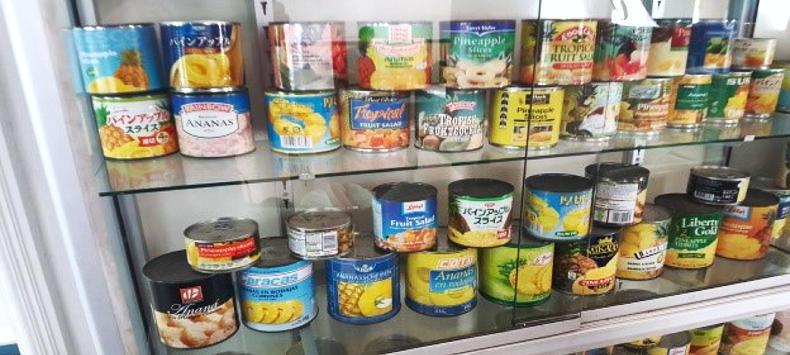
Five out of every seven cans of pineapple produced in the world come from the Great Giant Pineapple Company.
Its core business is the growing and canning of pineapples.
There are 27,000 plants per acre and it takes three hours to go from picking to canning.
The company goes to great lengths to work with individual customers to pack and label the cans in whatever format the customer requires. As the business has grown, so too has the quantities of waste produced.
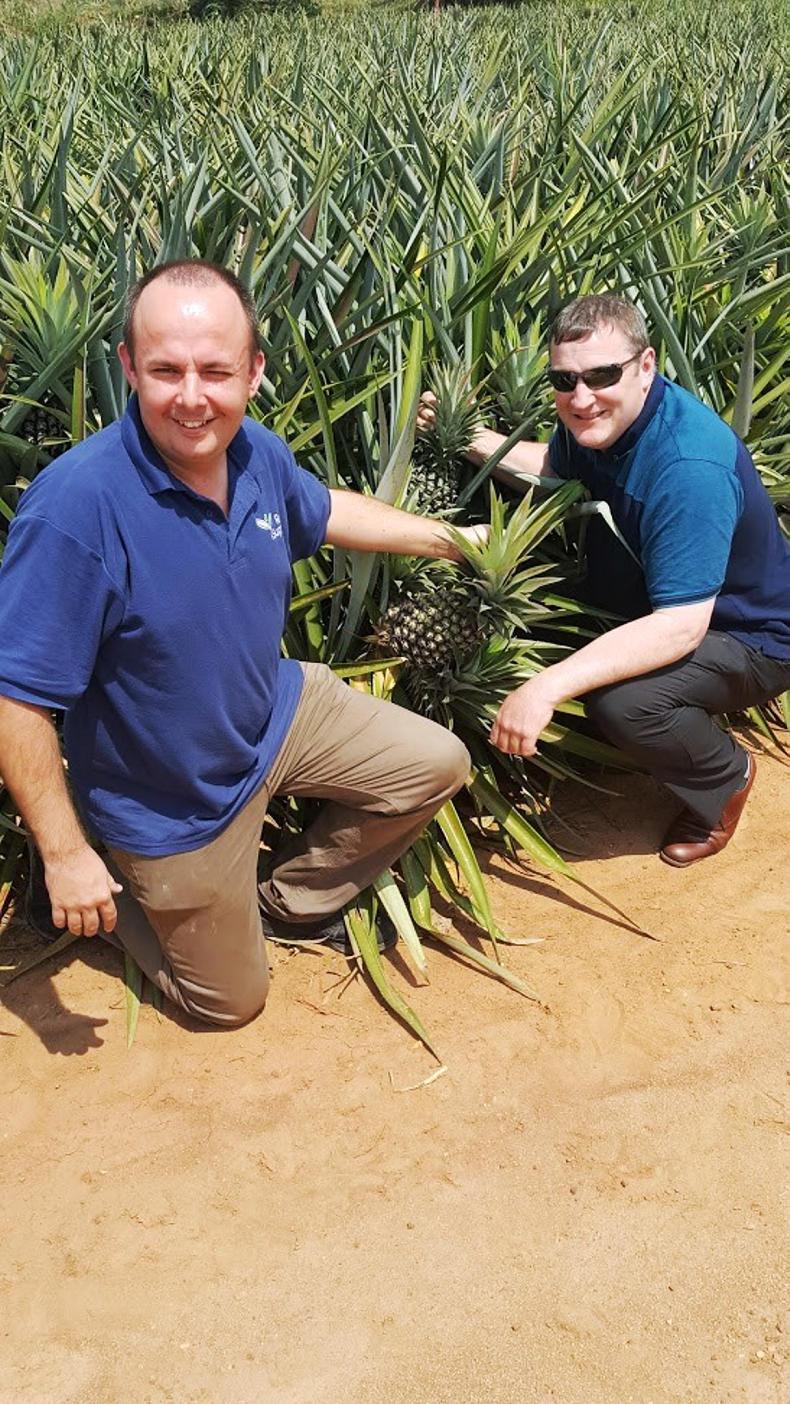
Over time, this waste has turned into quite an important business in its own right.
Beef finishing enterprise
As the tonnage has increased, a beef finishing enterprise was established and is now capable of handling 40,000 head of cattle three times per year fed mostly on skins and other waste from the factory, like pineapple juice and coconut milk, etc.
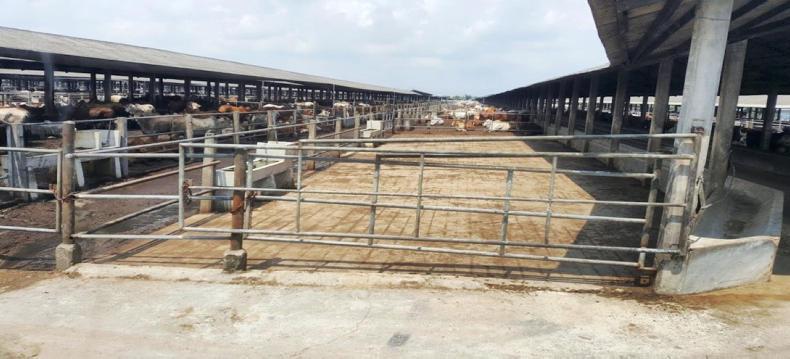
Local farmers supply maize grown on their farms fresh to the feed lot, which pays them for it as it balances the diet requirements of the stock in the feedlot and mixes easily with the by-products once it has been ensiled for a few months.
In the past, all the animals have come to the feed lot from Australia.
However, the owners are reducing their reliance on this supply, as they feel that the animals are overpriced and they implemented a breeding programme with local farmers in 2013 to supply quality locally bred animals to the feedlot.
The company offers the farmers financial support, training and technical advice.
To date, 5,000 breeding cows have been supplied to participating farmers. Despite this initiative, it will take a long time to scale up to a point where the local farmers can supply the bulk of the animals required to keep a 120,000-head-a-year feedlot in production.
The core of the pineapple has many enzymes, which have been found to be useful medically, with many anti-inflammatory properties.
The bromelain enzyme goes to the pharmaceutical industry and is used in HIV medication. A lot of research and joint ventures seem to be at play in this area.
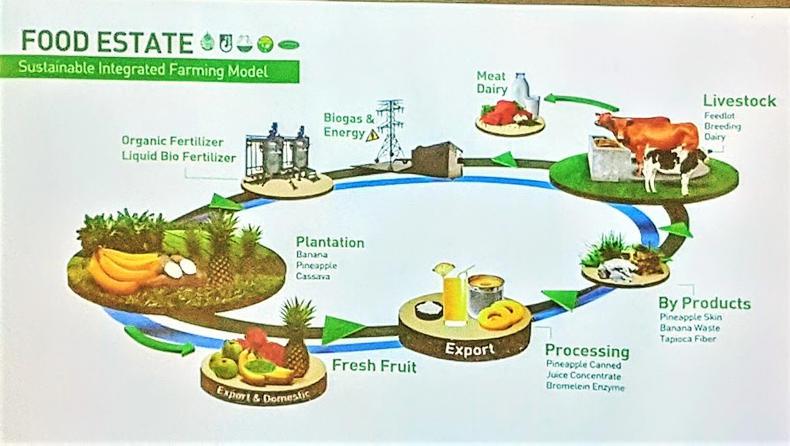
The GGPC is an example of how having a large enough quantity of a product available helps to justify the investment and research that is required to make a new plant and production line work.
The use of by-products goes on biogas and energy, organic fertiliser for the crops, etc.
In each area, young educated people are forging ahead with new innovative ideas on how to use and extract value from the processes.
Two years ago, the company decided to produce milk for both the local market in Lampung and Jakarta.
They have bought cows from Australia and have travelled to America to learn about milk production.
The 200-cow unit will grow over time and the milk is processed into UHT milk at a new plant adjacent to the dairy farm.
When a large company like this is entering the dairy industry, it is clear it is also aware of the future trend and expected growth in the dairy market in Indonesia.
The area of Lampung that the Great Giant Pineapple Company farms in does not have many other industries around and so people in the area are glad to have it to provide a stable place for more than 15,000 workers to make a living and stay part of their communities and not have to move to Jakarta or somewhere else for work.
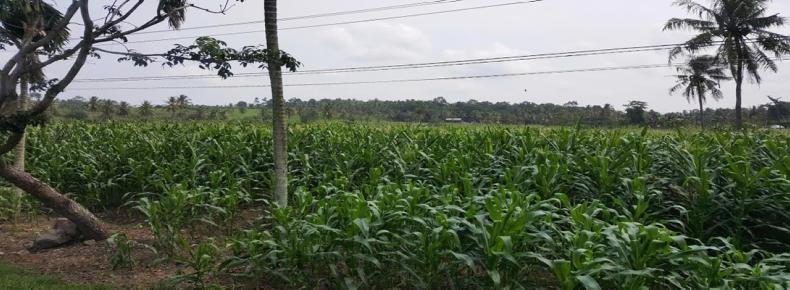
Another large number of people and farmers are gainfully employed indirectly providing services and feed, cattle, etc to GGPC.
There are lots of opportunities for future education and promotion in the company and now there is the second and third generation of families working on many of the different businesses on this large site.
Nuffield blog: 24 flights and still no answer
Nuffield blog: farming from Ukraine to Kenya to South Africa






 This is a subscriber-only article
This is a subscriber-only article
















SHARING OPTIONS: